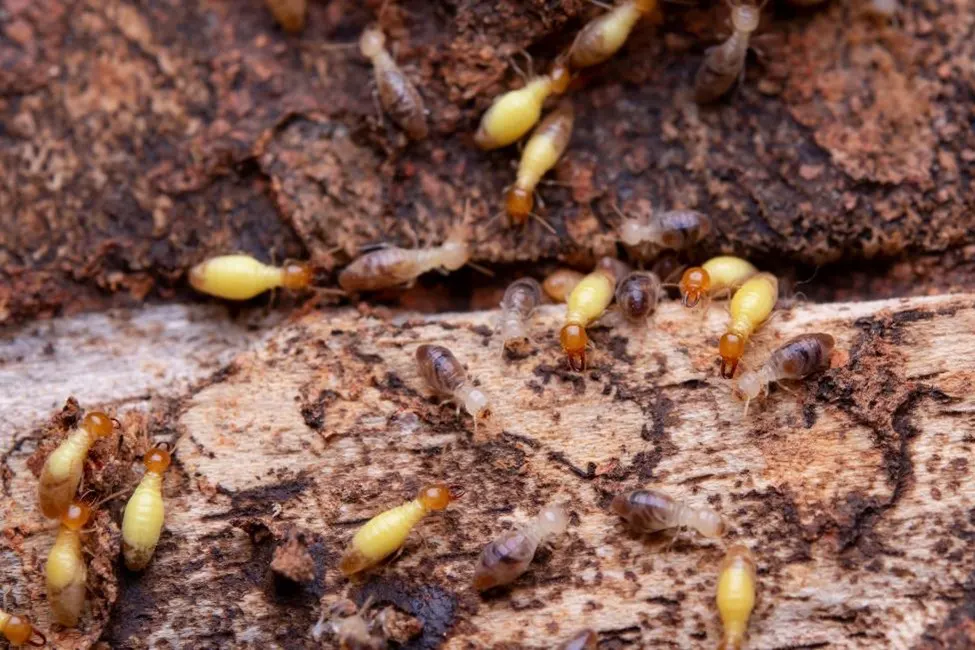Infestations at any time of the year are a surprise and burden. However, as many animals and insects slow down or hibernate, we often don’t expect to have to be dealing with the same problems.
That said, for one of the worst home invaders—termites—there are no holiday breaks. Protect your home or business and learn more about termites’ winter activity today.
Termites: Homewrecker Pests
Termites have received their reputation from their capability to inflict widespread damage on a structure. Measuring from an eighth inch to 1 inch in size, termites find small points of entry into the wood structure and begin chewing through the plant matter. Over time, this can compromise the safety of a structure and lead to expensive repairs.
The most common species in the U.S. are dampwood, drywood, and subterranean termites, each using a slightly different method of inflicting damage.
- Dampwood — target water-damage wood, often found in roofs, basements, and attics
- Drywood — focus on dry wood located above ground-level
- Subterranean — attack both dry and damp wood, with nests located underground
Termite Activity in Winter
While termites are all-season pests, they don’t like the cold — they just know how to survive it. To do this, they adapt some of their behavior.
For example, termites are more commonly seen during the summer because it’s more common that they leave their tunnels in search of new areas to settle. With cooler temperatures, termites are more likely to stay in their tunnels and may migrate to areas of their system closer to the ground or heat sources.
Termites may also slow down the frequency or fervor of their activity to conserve energy. However, termites will continue to eat, reproduce, and spread.
Signs of a Termite Infestation
Without seeing the pests, termite infestations can often be difficult to identify because many of their indicators mimic other household issues. Commonly, termites introduce moisture to areas and materials that cannot handle it, which resembles water damage.
The biggest sign of termites is evidence of their burrowing. Termites burrow in intricate, maze-like patterns that can be present in furniture, floorboards, and walls.
The following could also be indicators of termites:
- Peeling paint or swelling wood
- Small, pinpoint holes in drywall
- Tiles coming loose
- Excessively squeaky floors
- Crumbling wood
- Mud tubes on the exterior foundation
Termite Prevention
The key to termite prevention is to limit the number of attracting factors. Termites are drawn to plant material, like wood, which often leads them inside structures. Be sure to store any wood piles far away from structures and regularly clean up sticks from your yard. Additionally, treat any water-damaged wood or leaking drains quickly.
Don’t Worry About Winter Termites With PURCOR
Termite infestations are possible wherever wood is present, no matter what you do to prevent it. Stop termites in their tracks with PURCOR’s satisfaction-guaranteed termite treatment services. Get back your peace of mind and schedule a free termite inspection or estimate today!
"*" indicates required fields
"*" indicates required fields




